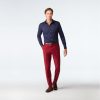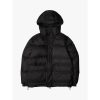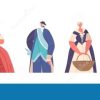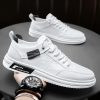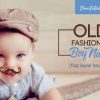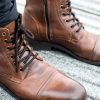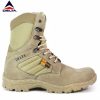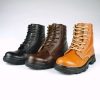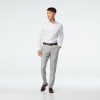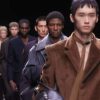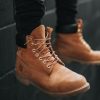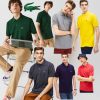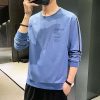Basic Mens Fashion A Style Guide
Defining “Basic Men’s Fashion”
Basic men’s fashion centers around timeless, versatile pieces that can be mixed and matched to create a variety of outfits. It prioritizes quality over quantity, focusing on classic silhouettes and neutral colors that transcend fleeting trends. The core principles emphasize simplicity, functionality, and a clean aesthetic.
Core Principles of Basic Men’s Fashion
The core principles revolve around creating a functional and stylish wardrobe that requires minimal effort. This includes selecting high-quality, durable materials; opting for classic cuts and silhouettes; and building a collection of versatile pieces that can be mixed and matched for various occasions. Emphasis is placed on fit, ensuring clothes flatter the body type without being overly tight or loose.
Basic vs. Trendy Styles
Basic styles are characterized by their longevity and adaptability. Unlike trendy items that quickly fall out of fashion, basic pieces remain relevant for years. They often feature simple designs, neutral colors, and high-quality materials, whereas trendy styles prioritize novelty and often incorporate bold colors, unique patterns, or fleeting silhouettes.
Foundational Garments in a Basic Wardrobe
A foundational basic wardrobe includes versatile pieces that serve as the building blocks for numerous outfits. Examples include a well-fitting pair of dark wash jeans, a crisp white t-shirt, a versatile button-down shirt (oxford or chambray), a navy blazer, and a neutral-colored crewneck sweater.
Staple Garment Examples
| Garment Type | Material | Color Suggestions | Styling Tips |
|---|---|---|---|
| T-shirt | 100% Cotton | White, Navy, Gray | Layer under shirts or jackets; wear alone in warmer weather. |
| Jeans | Denim | Dark Wash Indigo | Pair with almost anything; cuff for a more casual look. |
| Button-down Shirt | Cotton Oxford | White, Light Blue, Navy | Wear tucked in or untucked; layer under sweaters or jackets. |
| Blazer | Wool Blend | Navy, Charcoal Gray | Dress it up with dress pants or down with jeans. |
Building a Capsule Wardrobe
A capsule wardrobe is a collection of essential, versatile garments that can be mixed and matched to create a variety of outfits. This approach minimizes wardrobe clutter and maximizes the use of each item. The focus is on quality over quantity, ensuring each piece is well-made and will last for several seasons.
Sample Capsule Wardrobe: Spring/Summer, Basic men’s fashion
A spring/summer capsule wardrobe might include: light-colored chinos, linen pants, several short-sleeved t-shirts in neutral colors, a lightweight linen or cotton button-down shirt, a light-weight sweater, boat shoes, and sandals. These items can be mixed and matched to create a range of outfits, from casual weekend looks to more polished daytime ensembles. For example, a linen shirt paired with chinos and boat shoes creates a smart casual look, while a t-shirt and linen pants offer a more relaxed style.
Sample Capsule Wardrobe: Autumn/Winter
An autumn/winter capsule wardrobe could include: darker-wash jeans, corduroy pants, long-sleeved t-shirts, a wool sweater, a heavier cotton or wool button-down shirt, a wool blazer or overcoat, boots, and a scarf. The same principles of versatility apply; a wool sweater layered over a button-down shirt and paired with dark jeans creates a classic autumnal look.
Choosing High-Quality Materials
Investing in high-quality materials ensures longevity and better wear. Natural fibers like cotton, wool, and linen are breathable and durable. Look for garments with reinforced stitching and quality construction.
Essential Colors and Patterns: Basic Men’s Fashion
A basic wardrobe relies heavily on versatile neutral colors that can be easily mixed and matched. Subtle patterns and textures can add visual interest without overpowering the overall look.
Mastering basic men’s fashion involves understanding core pieces like well-fitting jeans, crisp button-downs, and versatile outerwear. To understand how these essentials evolved, consider exploring the stylistic shifts of a particular year; for instance, you might find it interesting to check out the specific trends documented in this article on 2008 fashion trends for men. Returning to the present, remember that a strong foundation in basic pieces allows for individual expression within any era’s fashion landscape.
Versatile Neutral Colors
Navy, charcoal gray, black, white, and beige are excellent foundational colors. These shades work well together and provide a clean, classic aesthetic.
Incorporating Subtle Patterns and Textures
Subtle patterns like fine stripes or checks can add visual interest without being overly flashy. Textures like corduroy, linen, and wool add depth and visual appeal to the wardrobe.
Impact of Different Color Palettes
A monochromatic palette (various shades of one color) creates a sophisticated and cohesive look. A complementary palette (colors opposite each other on the color wheel) offers a more striking contrast. An analogous palette (colors next to each other on the color wheel) creates a harmonious and calming effect. For example, imagine a navy blazer, a white shirt, and dark wash jeans (monochromatic with navy accents); or a beige trench coat, a burgundy sweater, and olive green pants (complementary); or a light blue shirt, a teal sweater, and dark blue jeans (analogous).
Accessorizing the Basic Look
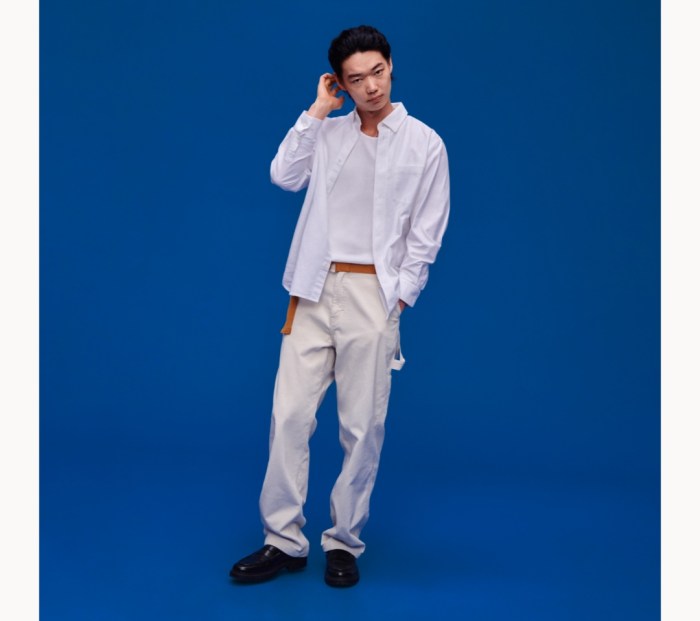
Source: hm.com
Accessories add personality and detail to a basic outfit without overwhelming it. They can elevate a simple look and make it more stylish.
Examples of Complementary Accessories
A simple leather belt, a quality watch, a scarf, and a pair of well-maintained shoes can significantly enhance a basic outfit.
Selecting Appropriate Footwear
Footwear choices depend on the occasion. Boots are suitable for colder weather and more rugged settings. Loafers or dress shoes are appropriate for formal events. Sneakers offer a casual and comfortable option.
Importance of Well-Maintained Accessories
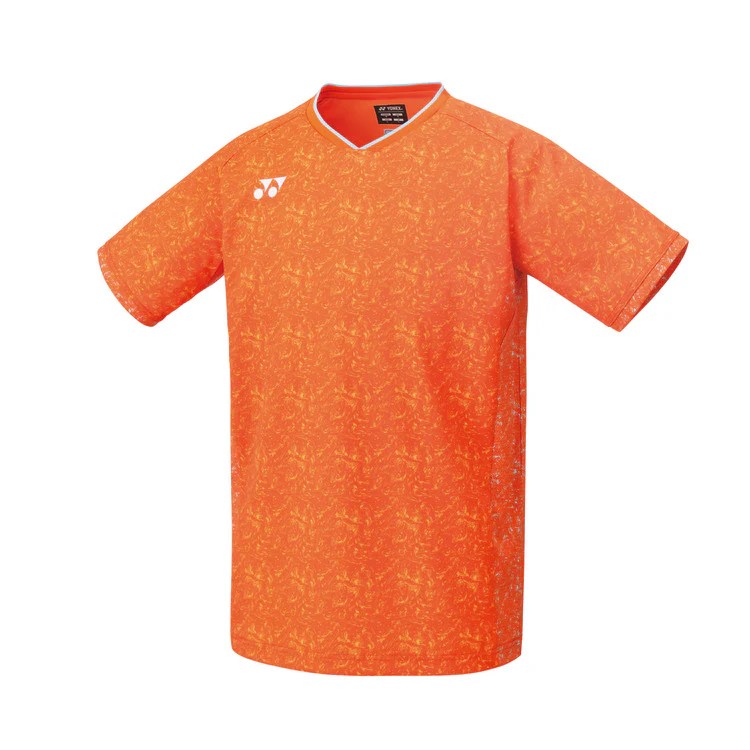
Source: e78shop.com
Proper care extends the life of accessories. Leather goods should be conditioned regularly. Shoes should be cleaned and polished. This demonstrates attention to detail and elevates the overall appearance.
Three Distinct Outfits with the Same Basic Garments
Outfit 1: Navy blazer, white t-shirt, dark wash jeans, brown leather belt, brown leather loafers.Outfit 2: Navy blazer, white t-shirt, dark wash jeans, grey scarf, brown leather boots.Outfit 3: Navy blazer, white button-down shirt, dark wash jeans, black leather belt, black leather dress shoes.
Adapting Basic Style to Different Body Types
Basic fashion principles can be adapted to suit various body types by focusing on creating a balanced and flattering silhouette. The goal is to emphasize positive features and minimize less flattering areas.
Styling Advice for Different Body Types
- Slim Build: Add layers to create volume; choose fabrics with texture; opt for slightly looser fits to avoid looking too thin.
- Athletic Build: Well-fitting clothes that show off physique; avoid overly baggy clothes; consider v-neck shirts to balance proportions.
- Larger Build: Choose darker colors; opt for vertical stripes or patterns; use layering strategically to create a slimmer silhouette; select well-fitting clothes that don’t cling.
Care and Maintenance of Basic Clothing
Proper care ensures the longevity and appearance of clothing. Different fabrics require different care instructions.
Proper Care for Different Fabrics
| Fabric Type | Washing Instructions | Drying Instructions | Ironing Instructions |
|---|---|---|---|
| Cotton | Machine wash cold; delicate cycle | Tumble dry low or hang to dry | Iron medium heat |
| Wool | Hand wash or dry clean | Lay flat to dry | Iron low heat or steam |
| Linen | Machine wash cold; delicate cycle | Hang to dry | Iron medium heat |
| Denim | Machine wash cold; inside out | Hang to dry or tumble dry low | Iron low heat if needed |
Budget-Friendly Basic Fashion
Building a stylish basic wardrobe on a budget is achievable by prioritizing quality over quantity and focusing on versatile pieces.
Tips for Affordable Basic Fashion
Shop during sales and clearance events; look for well-made items at affordable retailers; invest in classic pieces that will last for years; consider buying secondhand or vintage clothing; prioritize essential items over trendy ones.
Commonly Asked Questions
How often should I replace my basic wardrobe items?
The lifespan of a garment depends on the material and how often you wear it. High-quality basics can last for years with proper care. Replace items when they wear out, become damaged, or no longer fit.
Where can I find affordable, high-quality basic clothing?
Consider outlet stores, online retailers offering sales, and brands known for durable, well-made garments at reasonable price points. Look for sales and consider investing in fewer, higher-quality pieces rather than many cheaper items.
How can I tell if a garment is well-made?
Examine the seams for even stitching, check the fabric’s weight and texture for durability, and look for quality details like reinforced buttons and well-finished hems. A well-made garment will feel substantial and hold its shape.
What are some essential grooming tips to complement basic men’s fashion?
Maintain clean, neatly trimmed hair and nails. A well-groomed appearance enhances any outfit. Consider simple, well-maintained facial hair if desired.



